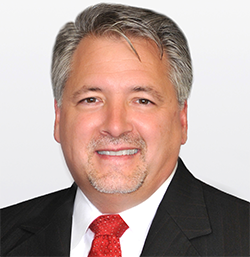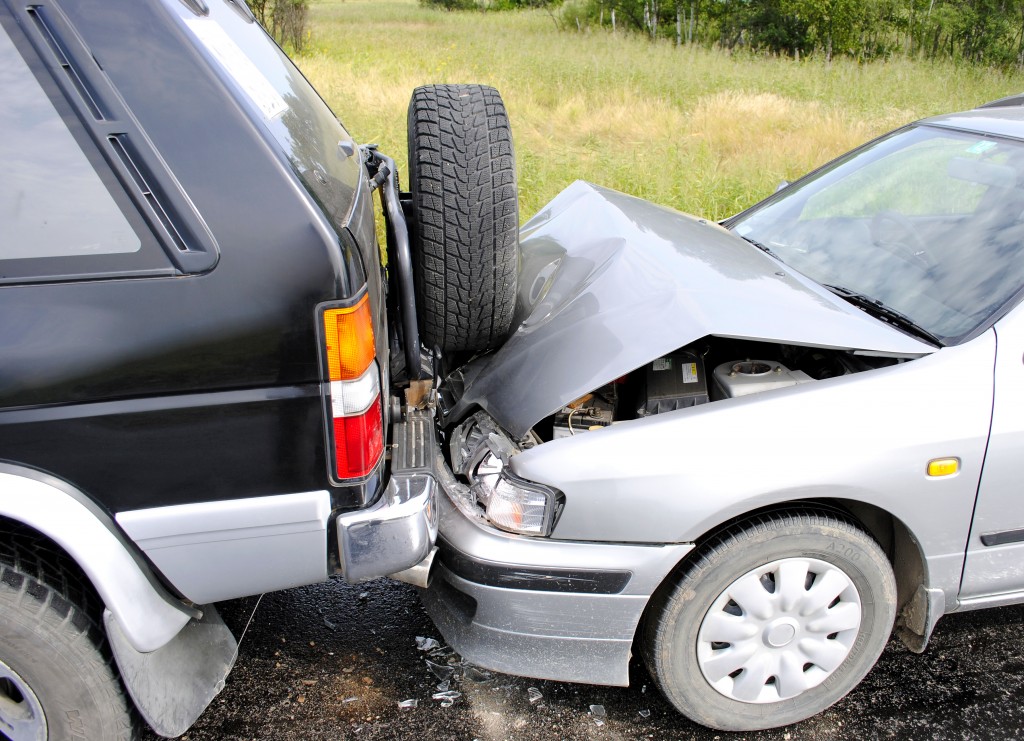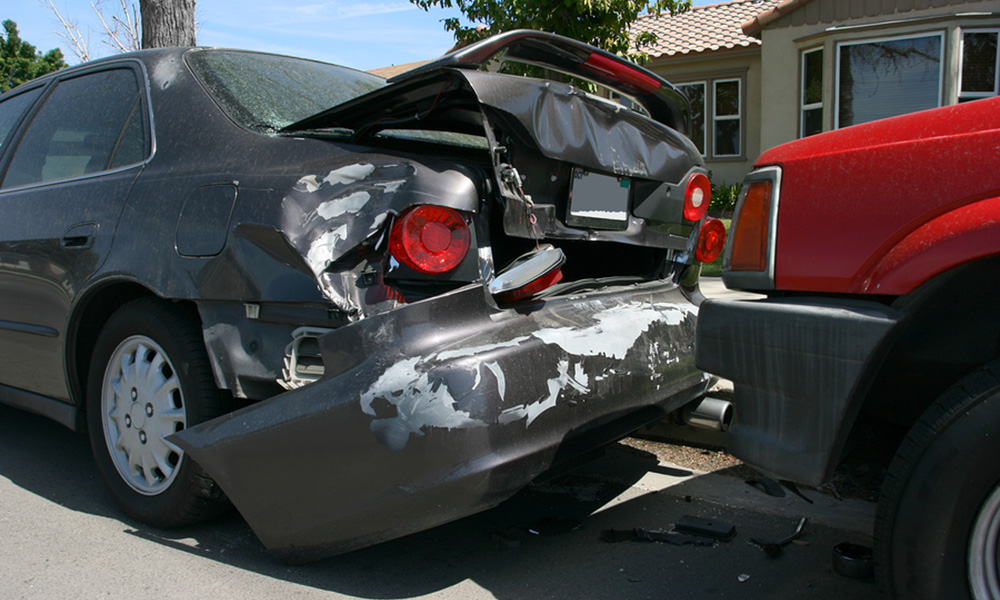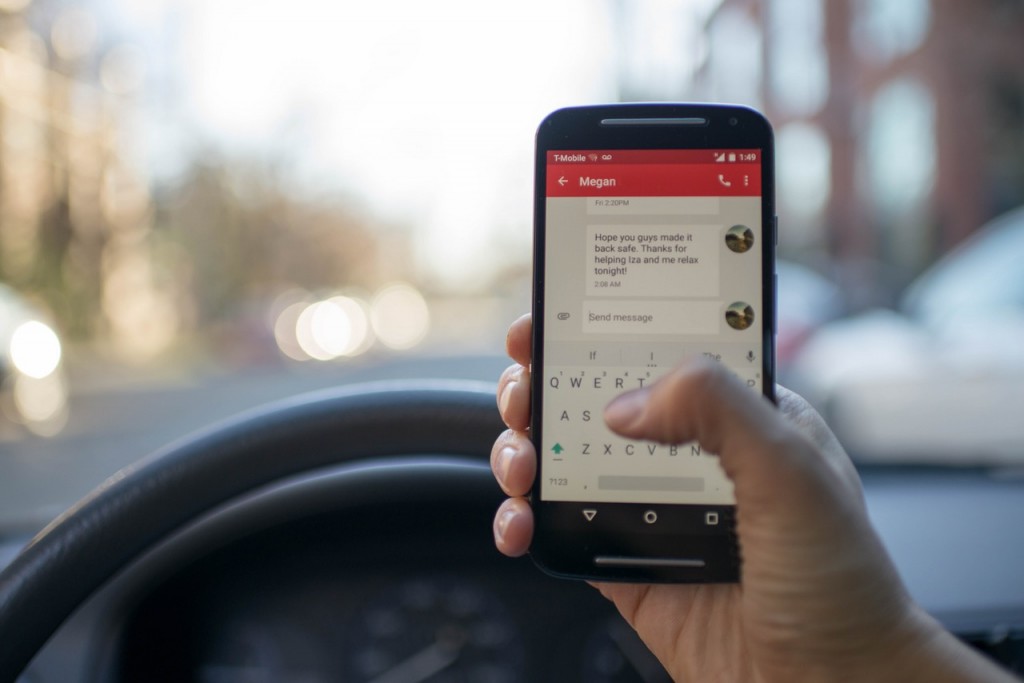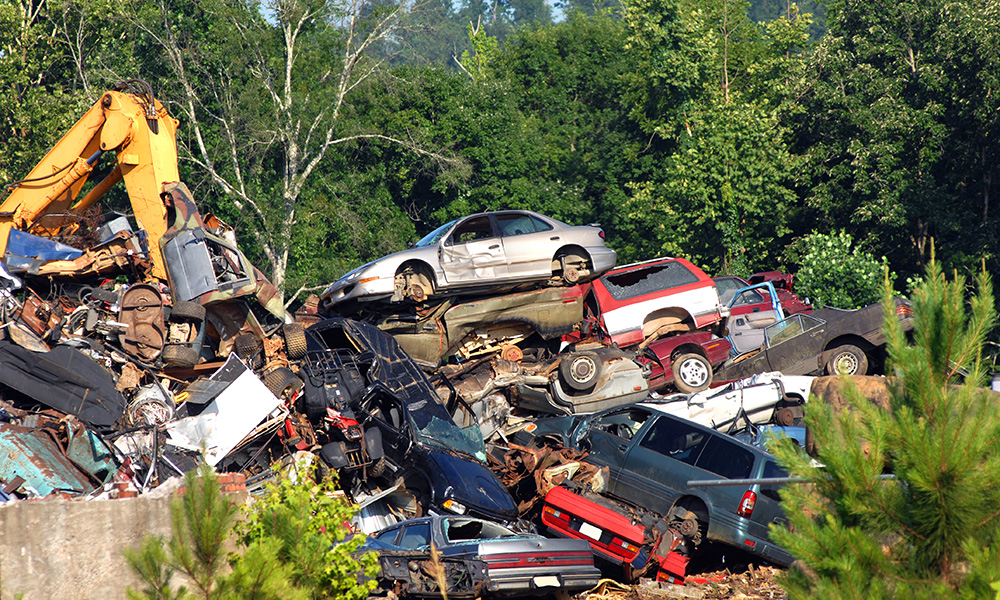No one goes out in their vehicle expecting to end up in an accident, and yet thousands of accidents happen every day. When someone is injured and has reason to believe the other driver was at fault, they should consider pursuing a claim. Here’s what you need to know.
What Kind of Damages Can I Claim if I Was Injured in a Car Accident?
Several types of claims could be made depending on the accident’s severity.
- Out-of-pocket medical expenses
- Lost wages due to not being able to work
- Vehicle repairs or, if applicable, replacement
- Home healthcare expenses
- Pain and mental suffering
What Does It Take to Prove the Other Driver Was Negligent in California?
There are four aspects California courts will look for when determining liability and damages. All four must be proven for the claim to be successful.
- Duty of care. The driver had an obligation to drive safely so as not to put themself or others at risk.
- Breach of duty of care. The driver did not heed the obligation to drive safely.
- Someone was injured because the driver breached the duty of care. This element must prove that the injuries occurred because of the breached duty of care. For example, if someone is hit by a drunk driver and is injured, the injured person could argue that if the driver hadn’t been intoxicated, they would have driven more safely and not caused the accident.
- The person injured suffered identifiable harm, such as loss of wages or out-of-pocket medical bills, because the other driver breached the duty of care.
What Form of Comparative Negligence Do California Courts Follow?
Whenever an accident occurs that causes either bodily or property damage (or both), comparative negligence is the standard used by courts to determine who was at fault and how much fault each party had. The results determine if the injured person is eligible for damages and, if so, how much. In the U.S., there are three types of comparative negligence.

Each state has its own type of comparative negligence rather than one country-wide standard.
- Contributory negligence: This is used in very few states and is the most severe type of negligence. It states that if the injured party is found even 1% at fault for the accident, they aren’t allowed to receive damages. You can imagine how hard a defense attorney would try to get that 1% of the blame shifted to the injured party so the defendant owes nothing.
- Modified comparative negligence: Most U.S. states use this. The percentages used are either 50% or 51%, depending on the state, but whether 50 or 51, if the injured person is at least that much liable for the accident, they won’t receive damages.
- Pure comparative negligence: This is the type of comparative negligence followed in California. It means the injured person could be found to be as much as 99% at fault and still receive 1% of the damages. For example, a car that’s speeding hits a car that was running a red light and caused injuries to that driver. Hypothetically, the driver who was speeding might be found 60% at fault, while the driver running the red light would be 40% at fault. If the damages awarded to the driver running the red light were $10,000, they’d receive $6,000 instead–a 40% lower award than if they hadn’t been found partially at fault.
Because each driver in a car accident is motivated to shift as much blame as possible to the other side, it’s highly recommended that you work with an experienced car accident attorney.
Will I Have to Go to Court to Pursue a Car Accident Claim?
Not necessarily. The first steps (after the actions described below) include working with an attorney to examine fault and the extent of the injuries. Then a demand letter (sometimes called an offer letter) should be sent to the other party. It details the accident, provides an overview of all the damages resulting from it, and proposes an amount in settlement. The letter can be sent as a single action, or the attorney can also file a lawsuit. Regardless, this step opens negotiations between parties. Whether or not the case ends up in court depends on the results of the negotiations.
Where Should I Start if I’ve Been in a Car Accident?
If you’re able, collect the name, contact info, and insurance details from any other drivers involved (but don’t engage in any other conversation with them–keep reading to learn why), as well as any eyewitnesses. It’s vital that you see a doctor as soon as possible, even if you think you’re fine. There are injuries, including some that are severe, that don’t always produce symptoms right away. Getting treatment can stop those injuries from getting worse.
Then call Tomassian, Pimentel & Shapazian as soon as possible at 559-277-7300 to set up a consultation. Pursuing car accident claims can be complicated, not to mention fraught, when multiple parties involved in the accident try to avoid taking responsibility. You need an experienced, knowledgeable car accident attorney to represent you and work for your best interests.
Something you should not do: Talk to the other party’s insurance rep or attorney. Because California adheres to pure comparative negligence, they’re going to try to get someone else held liable for most or all of the fault for the accident. They may also try to get someone to agree to a much lower settlement than they should receive. Refer all communications to your attorney.


